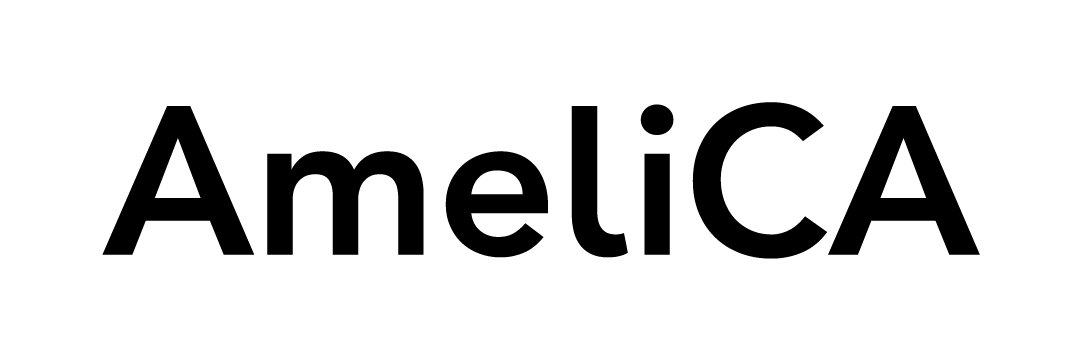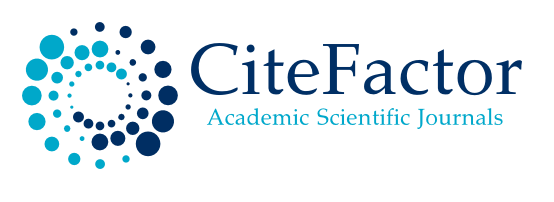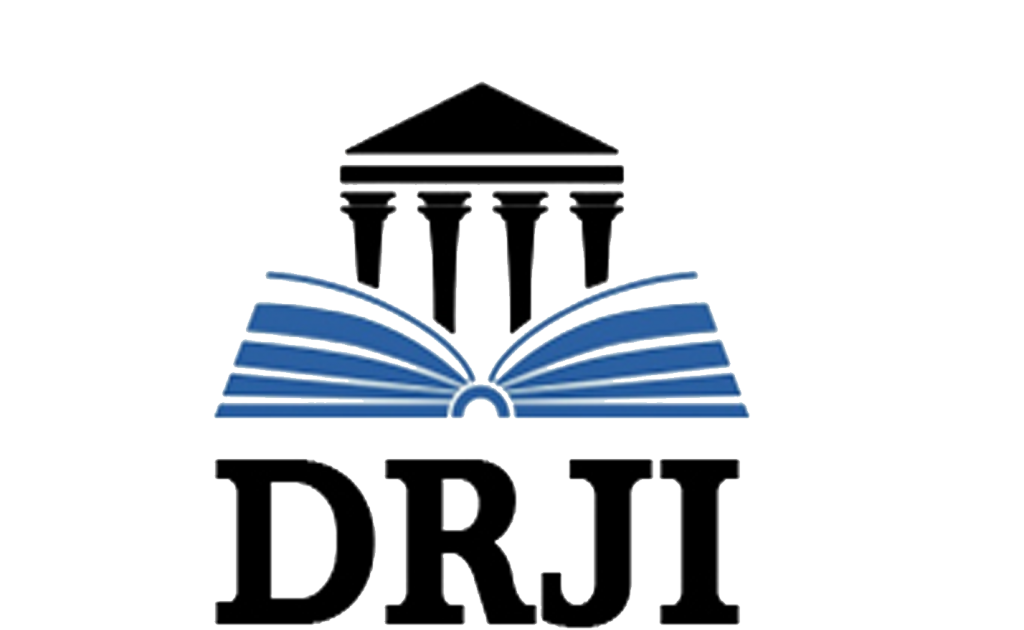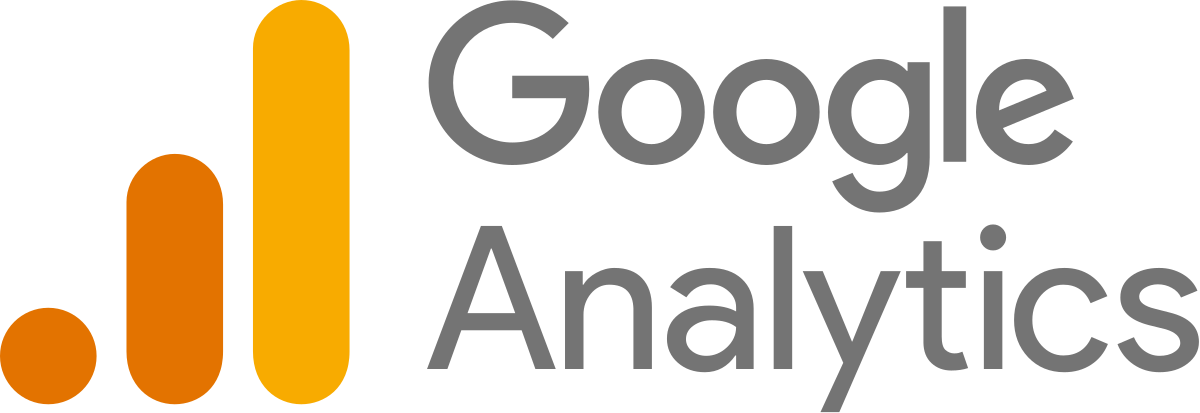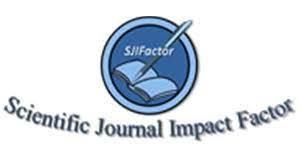Treatment non surgical in a young girl with facial asymmetry, severe crowding and partial cross bite.
DOI:
https://doi.org/10.53591/rug.v115i1.472Keywords:
facial asymmetry, crossbite, crowding, temporomandibular joint dysfunction, malocclusion, dysfunctions of the languageAbstract
The patient was a 13 years 7 months old, with facial asymmetry, partial unilateral crossbite on the right side, and severe crowding in the maxillary arch. Tells symptoms and signs usually associated with temporomandibular disorder, noise and joint pain, muscle fatigue, mouth closure problems. She was treated with orthodontics through the extraction of four first premolars and the alignment of the upper and lower dental arches, the surgical approach in relation to the asymmetry was dismissed, did
not care or the girl or her mother. The total active treatment time was 26 months. Records pre and post-treatment are shown. His facial appearance and occlusion significantly improved by orthodontic treatment. Records after treatment after 4 years showed excellent results with good occlusion and long-term stability. Shows the effect of a treatment strategy without side effects.
References
Anhoury PS. Nonsurgical treatment of an adult with mandibular asymmetry and unilateral posterior crossbite. Am J Orthod Dentofacial Orthop. 2009 Jan; 135(1):118-26.
Bishara S, Burbey P, Kharouf J.8 (19) Dental and facial asymmetries: a review. Angle Orthod. 1994; 64: 89–98
Cohlmia JT, Ghosh J, Sinha PK, Nanda RS, Currier GF. Tomographic assessment of temporomandibular joints in patients with malocclusion. Angle Orthod. 1996; 66:27–36
Edler R, Wertheim D, Greenhill D. Outcome measurement in the correction of mandibular asymmetry. Am J Orthod Dentofacial Orthop. April 2004; Vol. 125, Issue 4, Pages 435–443
Hesse KL, Årtun J, Joondeph DR, Kennedy DB. Changes in condylar position and occlusion associated with maxillary expansion for correction of functional unilateral posterior crossbite. Am J Orthod Dentofacial Orthop. 1997;111:410–418
Lam PH, Sadowsky C, Omerza F. Mandibular asymmetry and condylar position in children with unilateral posterior crossbite. Am J Orthod Dentofacial Orthop. 1999;115:569–575
.Melnik AK. A cephalometric study of mandibular asymmetry in a longitudinally followed sample of growing children. Am J Orthod Dentofacial Orthop. April 1992; Vol. 101: Issue 4, Pages 355–366
O’Byrn BL, Sadowsky C, Schneider B, BeGole EA. An evaluation of mandibular asymmetry in adults with unilateral posterior crossbite. Am J Orthod Dentofacial Orthop. 1995; 107:394–400
Schmid W, Mongini F, Felisio A. A computer-based assessment of structural and displacement asymmetries of the mandible. Am J Orthod Dentofacial Orthop. 1991; 100:19–34
Tai Kiyoshi, Jae Hyun Park, Kazuhisa Ikeda, Akiyoshi Nishiyama, et al. Severe facial asymmetry and unilateral lingual crossbite treated with orthodontics and 2-jaw surgery: 5-year follow-up.American Journal of Orthodontics and Dentofacial Orthopedics October 2012 Vol. 142, Issue 4, Pages 509-523
Published
How to Cite
Issue
Section
License

This work is licensed under a Creative Commons Attribution-NonCommercial-NoDerivatives 4.0 International License.

This work is licensed under a Creative Commons Attribution-NonCommercial-NoDerivatives 4.0. International License.
You are free to:
- Share — copy and redistribute the material in any medium or format
- The licensor cannot revoke these freedoms as long as you follow the license terms.
Under the following terms:
- Attribution — You must give appropriate credit , provide a link to the license, and indicate if changes were made . You may do so in any reasonable manner, but not in any way that suggests the licensor endorses you or your use.
- NonCommercial — You may not use the material for commercial purposes .
- NoDerivatives — If you remix, transform, or build upon the material, you may not distribute the modified material.
- No additional restrictions — You may not apply legal terms or technological measures that legally restrict others from doing anything the license permits.







